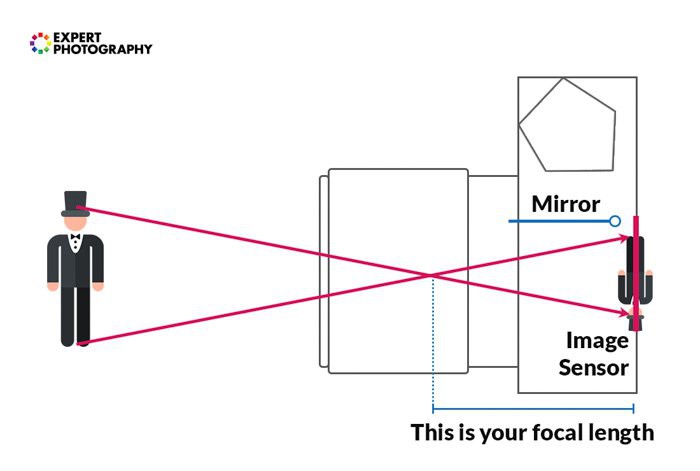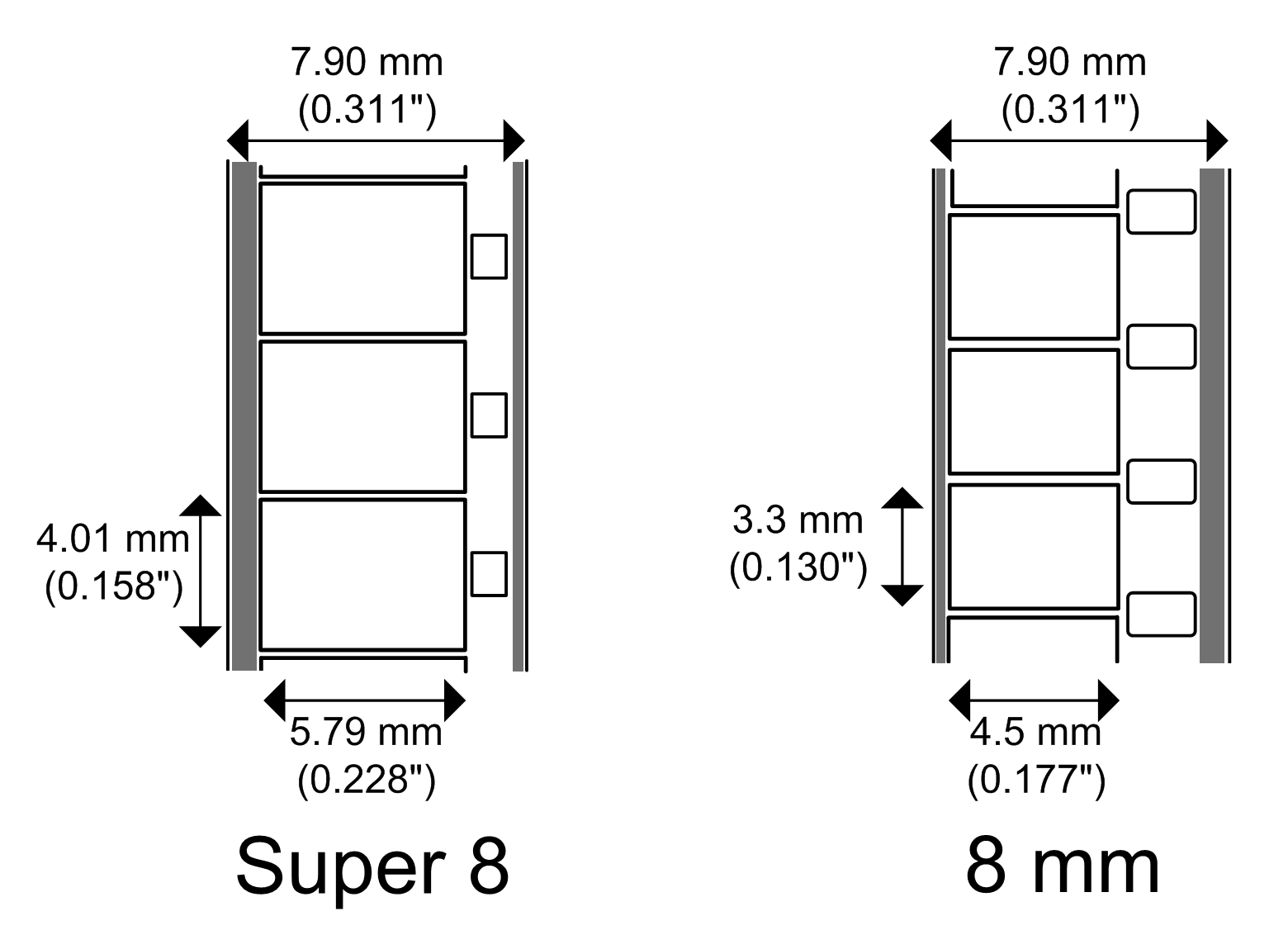The main difference between analog motion film capture and digital film capture lies on the sensor used. Analog pictures are captured over a continously moving stripe of photosensitive material, while its digital counterpart only requires a light sensitive electronic sensor.
Therefore, the core of the project will be replacing the analog film -and its mechanism- by a light sensitive sensor.
Let's start by a brief introduction to optics:

(Image courtesy of Expert Photography)
A camera is nothing more than a tool that concentrates the light reflected by the objects we want to photograph over a capturing surface through the use of lenses. The amount and the way this light will be captured is defined by the quality and characteristics of the lens and the capture surface. In order for this project to suceed two factors have to be taken into account:
- The focal length: The distance from the lens optical center to the place on the sensing surface in which the image will be "in focus". We cannot do much about it, it is defined by the lens we use and in the case of every camera it is fixed. It can only be altered by optical means. We just need to worry about setting our sensor on the same focal plane of the analog film.
- The size of the sensing surface: This will be the most determining feature and we indeed have control over it. Super-8 film has a dimension of 4.01mm x 5.79mm. The whole viewfinder mechanism, optics and zoom of the camera is designed to expose this surface.

However, digital camera sensors are offered in many sizes (usually denoted in inches). The professional reflex cameras would use a so called full-frame sensor (the same size as the 35mm analog film), although more common digital single lens reflex (DSLR) cameras may fit a half-size or quater-size sensor. However, cell-phone, webcam and cheaper camera fit ever decreasing sizes of sensors. Which in contrast are less sensitive (the less surface they have, the less light they capture). In fact, the Raspberry Pi Camera module we intend to use suits a Sony 1/4" sensor, which is almost a quarter of the size of the intended 8mm film.

This will cause our image to be cropped (the effect of zoomed in) and there is nothing, except using a more expensive and bigger sensor, we can do about it.
Taken into account this theoretical approach to our project it is time to gather the materials, and start the dissassembly and assembly.
 Xabi Z
Xabi Z
Discussions
Become a Hackaday.io Member
Create an account to leave a comment. Already have an account? Log In.